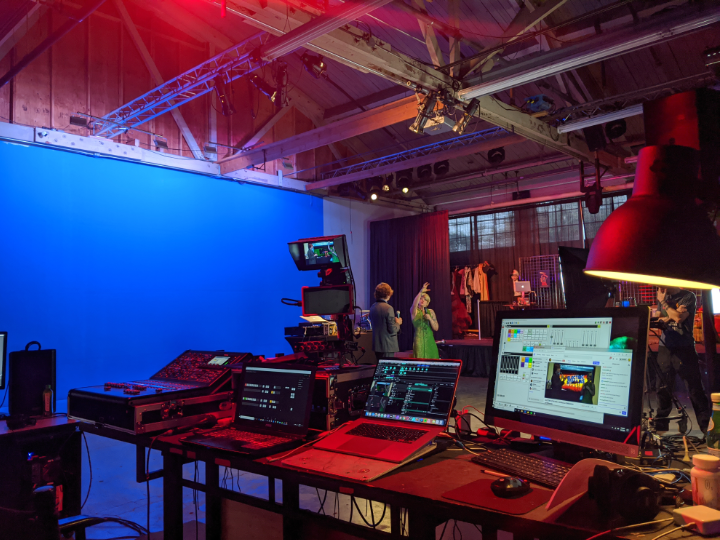Essential Tactics for Enhancing the Durability of The Light Emitting Diode Display
Wiki Article
LED walls are growing increasingly widely used for various applications, from marketing to entertainment. To ensure that these screens operate effectively over the years, it is crucial to adopt strategies that extend their durability. Understanding the elements that influence the longevity of LED walls can help operators maintain their functionality and prevent unnecessary replacements.
One of the main elements that can extend the lifespan of an Light Emitting Diode screen is proper installation. It is vital to have a skilled team handle the installation process to guarantee all parts are correctly connected. Inadequate setup can result in electrical issues or physical damage. Additionally, the placement of the LED screen should consider environmental factors such as light exposure and humidity levels. A well-installed display in a proper site will reduce the risk of damage caused by external elements.

Routine maintenance is a further key strategy to extend the life of an Light Emitting Diode screen. This entails routine inspections to check for any indicators of wear or failure. Dust and debris can accumulate on the surface of the Light Emitting Diode panels, impacting luminosity and color quality. Cleaning the displays with appropriate materials will assist keep ideal clarity. It is also important to check the components behind the screen, ensuring that all connections are tight and that there are no overheating issues, which can significantly reduce the durability of the components.
Electrical control plays a vital role in enhancing the lifespan of an Light Emitting Diode screen. Excess voltage or more information fluctuating electricity supply can damage the internal circuitry. To avoid this, using a high-quality electric supply and putting in place overvoltage protection strategies is advisable. Additionally, adjusting the screen to operate at reduced luminosity levels when high brightness is not necessary can reduce stress on the LEDs. This not only extends the lifespan of the wall but also saves power, making it a economical option.
Furthermore, program control can affect the functionality of Light Emitting Diode screens. Consistently updating the program that controls the screen guarantees that it operates smoothly and includes any necessary security patches. Old program can result in functionality issues and may put the setup to risks. Proper timing of programming can also assist with overseeing the demand of the screen, permitting it to idle during non-peak hours, which can contribute to a greater lifespan.
In summary, maximizing the lifespan of an Light Emitting Diode screen involves a combination of appropriate setup, routine maintenance, efficient electric management, and diligent program management. By concentrating on these essential tactics, operators can ensure that their LED screens remain functional and aesthetically appealing for numerous seasons. Implementing preventive steps will not only improve the functionality of the LED screen but also provide a better yield on investment over time.